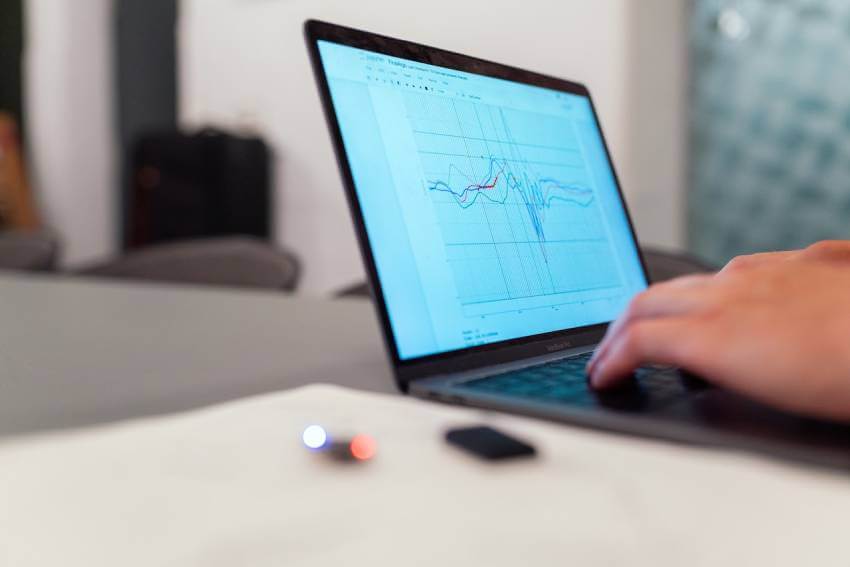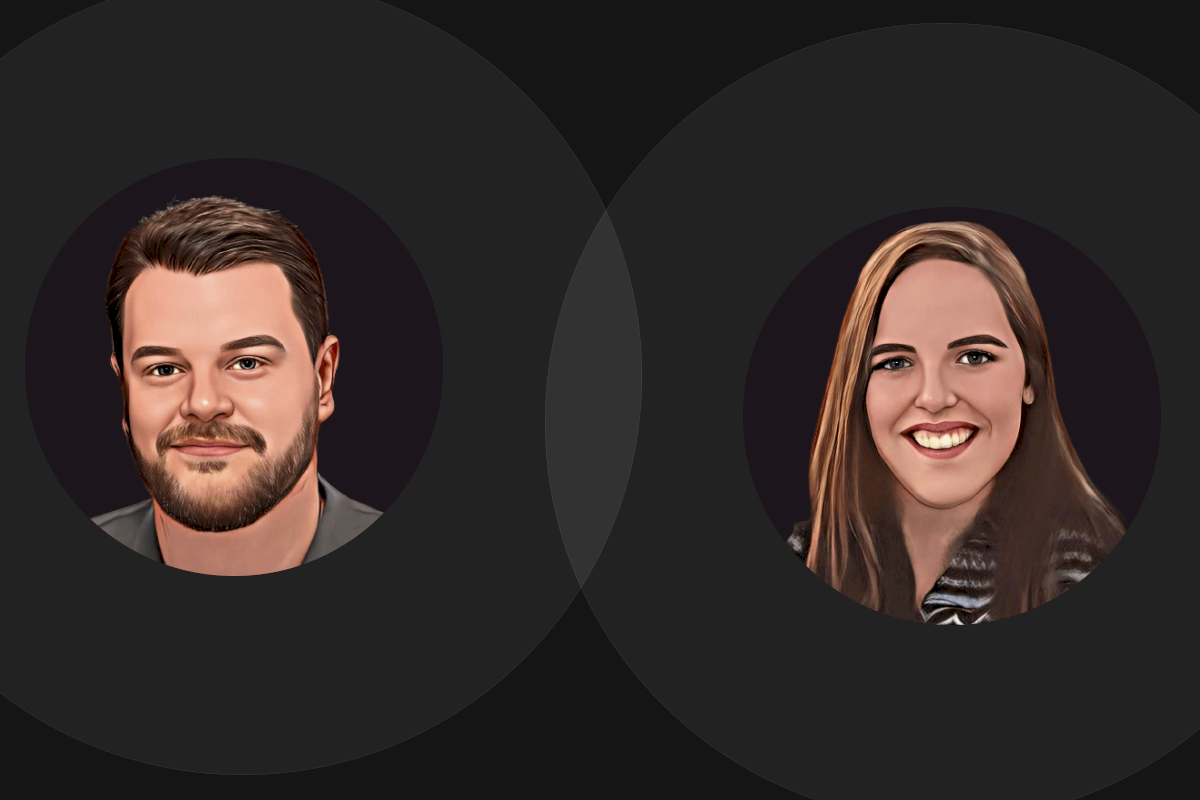Table of contents
Historical Data in Predictive Pricing?
Predictive pricing, also known as predictive analytics, is a pricing strategy setting the intersection between business strategy and data science. Predictive analytics provides great opportunities for maintaining a competitive advantage. When it comes to analytics and data science standing behind predictive pricing, it is crucial to understand the type of information it works with. In terms of the role of historical data in predictive analytics, the data on historical sales is one of the primary sources.
Historical data on sales grants in-depth insights into how prices have changed with time under the pressure of different market conditions. Essentially, historical data on sales is a major source of data fueling algorithms standing behind predictive analytics. As a distinct pricing strategy, predictive pricing often depends on the quality of pricing software. When using artificial intelligence and machine learning, algorithms within the pricing software at the core of predictive analytics can handle vast amounts of data and later translate it into insights showing how pricing can be better adapted to current market conditions.
Predictive Analytics as a Pricing Strategy
The experts indicate that predictive analytics to pricing can create the conditions in which revenue gains can be presented. That quick gain is a major factor in determining whether predictive analytics should be used further. Predictive pricing can be applied to the paradigm correlating to finding ways of transforming the information into margin gains. Many companies use predictive models as viable strategies for better understanding the market conditions. Predictive analytics is an evolutionary step of traditional business intelligence.

The important factor of predictive analytics correlates to the scope of analysis. Instead of focusing on the entire market, predictive analytics should be applied to a particular market segment. One should understand that there are specific factors that can be considered in predictive analytics - demand, supply, price elasticity, competition, and customers. However, when it comes to assessing the factors in the entire market handling such elements can be problematic. Namely, there will be too much data to collect, analyze, and maintain. Keeping that in mind, narrowing the scope of analytics increases the likelihood of more accurate pricing predictions.
Profit Opportunities with a Pricing Analytics Solution
Utilizing predictive analytics often leads to optimization of pricing decision-making. It can drive incremental sales and profits. Predictive analytics is proven to lead to about 15-20 percent improvements in price and promotions, about 1-3 percent increase in sales, and about 2-5 percent increase in margin enhancements. Successful implementation of the results of predictive pricing can help a company exceed its profit margin targets.
Many businesses lack the required degree of visibility into the marketing mix, customers, and products. When companies do not have a clear vision of what happens in the market, and what a product presents in itself, it is easy to miss available opportunities and make certain decisions. Importantly, when looking for profit maximization from predictive analytics, there are particular questions that a company employing the strategy needs to address. For instance, companies need to consider the following:
- What are the appropriate price points to maximize the sales?
- How often should price promotions be presented?
- What is the impact of predictive pricing on competitive brands?
- What price gaps and price thresholds to consider?
- What is the role of price sensitivity in prediction?
- What strategies help maximize short- and long-term brand expansion goals?
Asking these questions is important when a business employs predictive analytics. While they might not seem as apparent, the more information a company receives through pricing software, the clearer the utilization of the questions mentioned above will be.
Pros and Cons of Predictive Pricing
When properly applied, predictive analytics and predictive pricing have their distinct advantages. However, the phenomenon can create more problems than solutions in some situations.
Speaking about the pros of predictive analytics, it is crucial to suggest that it applies to many businesses. The method can work with predictive modeling, optimization, and transaction profiling. Along with a wide outreach, predictive pricing can grant managers and people who make executive decision tools positive affect sales and revenue forecasting. Essentially, one of the final advantages of predictive pricing stems from the fact that it includes the use of advanced technologies. Artificial intelligence and machine learning stand behind predictive analytics development and testing methods that will be much more sophisticated shortly.
Along with the pros of predictive pricing, there are particular cons to consider. First and foremost, to use the full power of predictive analytics, a company needs to have full access to the information it intends to analyze. In such a context, if a company does not have sufficient access to required data, predictive analytics won’t work. Second, there can be issues with considering different variables. The system of predictive analytics functions in a manner that correlates other variables to the data it analyzes. However, suppose the user presents the wrong variables into the system. In that case, there is a great chance the predictive software offers inaccurate results, which means a company receives a recommendation on a pricing strategy that might not be as useful as predicted. Third, time plays a major role in predictive pricing. There are particular factors that the algorithm cannot predict, for instance, consumer behavior. If some predictions might be useful initially, they might lose their worth a bit later.
Conclusion
Predictive pricing or predictive analytics is a method of establishing prices based on the collected and analyzed data. Predictive analytics uses modern technologies to help companies raise profits and reach business objectives. There are particular advantages and disadvantages to the phenomenon. Companies utilizing the approach should have sufficient access to data, clearly establish variables, and use the method in the short term rather than in the long term.
FAQ
Find answers to some of the most common questions people have regarding the use of Competera.
What is a predictive pricing example?
For instance, Netflix uses predictive analytics. The company employs AI-powered algorithms that predict what users intenduch anticipation. The company can make pricing predictions on its various products.
How do you price predictive analytics?
Predictive analytics is priced in four key phases. One should define the business results to achieve and then collect all relevant data from different sources. Besides, it is important to improve data quality while translating the results into viable prices.








